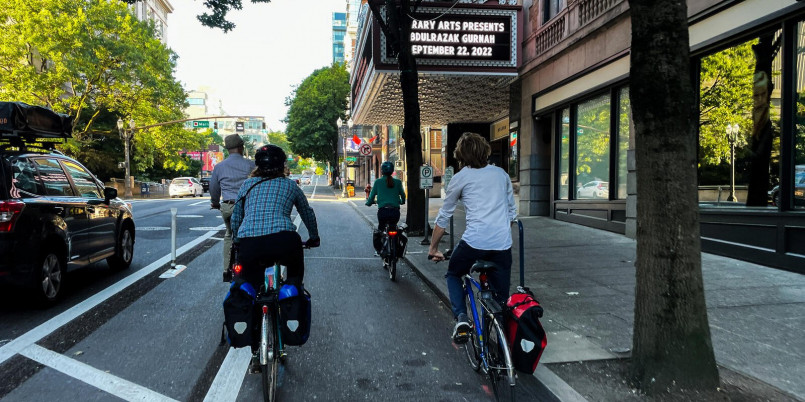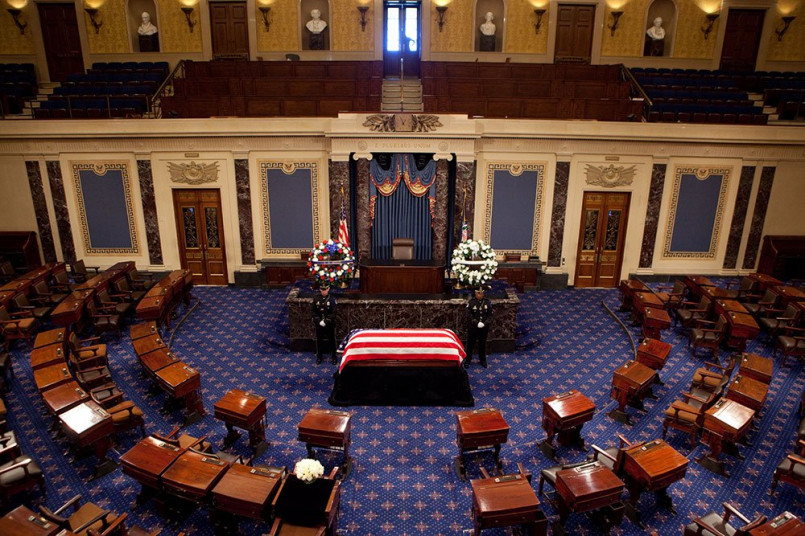Living in America's most expensive cities offers unparalleled opportunities and amenities, but at a steep price. From astronomical housing costs in San Francisco to the premium lifestyle of New York City, these urban centers demand significant financial resources from residents seeking their unique advantages.
The American dream comes with a hefty price tag in certain cities across the United States. While these metropolitan areas offer tremendous opportunities, cultural experiences, and career advancement, they also demand a significant financial commitment from residents. Understanding which cities top the expense charts can help you prepare financially or consider alternatives if relocating.
From coastal tech hubs to financial powerhouses, these urban centers share common threads of high housing costs, premium services, and elevated everyday expenses that can strain even substantial incomes. Let's explore America's most wallet-draining cities and what makes them so expensive.
Cost of Living Factors
Before diving into specific cities, it's important to understand what makes a city expensive. Several key factors contribute to high costs of living:
- Housing costs: Typically the largest expense, including rent or mortgage payments
- Transportation: Car ownership costs, public transit fees, and commuting expenses
- Food and groceries: Both restaurant dining and everyday groceries
- Healthcare: Insurance premiums and out-of-pocket medical expenses
- Utilities: Electricity, water, internet, and other essential services
- Taxes: State and local income, property, and sales taxes
With these factors in mind, here are the most expensive cities to live in across the United States.
San Francisco, California
The crown of America's most expensive cities consistently goes to San Francisco. The tech industry boom has driven housing prices to astronomical levels, with median home prices exceeding $1.3 million and average one-bedroom apartments renting for over $3,000 monthly.
Beyond housing, San Francisco residents face high costs for nearly everything:
- Groceries cost approximately 25% more than the national average
- Transportation expenses run about 33% higher
- Restaurant meals typically cost 30-50% more than in most American cities
To live comfortably in San Francisco, financial experts suggest an annual household income of at least $200,000.

The city's geographic constraints-surrounded by water on three sides-limit housing development, while tech industry salaries continue driving up market rates. Despite the costs, San Francisco offers unparalleled access to innovation, stunning natural beauty, and a vibrant cultural scene that many residents find worth the premium.
New York City, New York
The archetypal expensive American city, New York-particularly Manhattan-demands significant financial resources from its residents. Housing in desirable neighborhoods can reach stratospheric prices, with average one-bedroom apartments renting for approximately $3,500 monthly and median home prices around $750,000 (significantly higher in Manhattan).
The city's cost factors include:
- Some of the nation's highest state and local tax burdens
- Premium prices for everyday items like groceries (30-40% above national average)
- Expensive parking and transportation costs
- High-priced childcare and private education
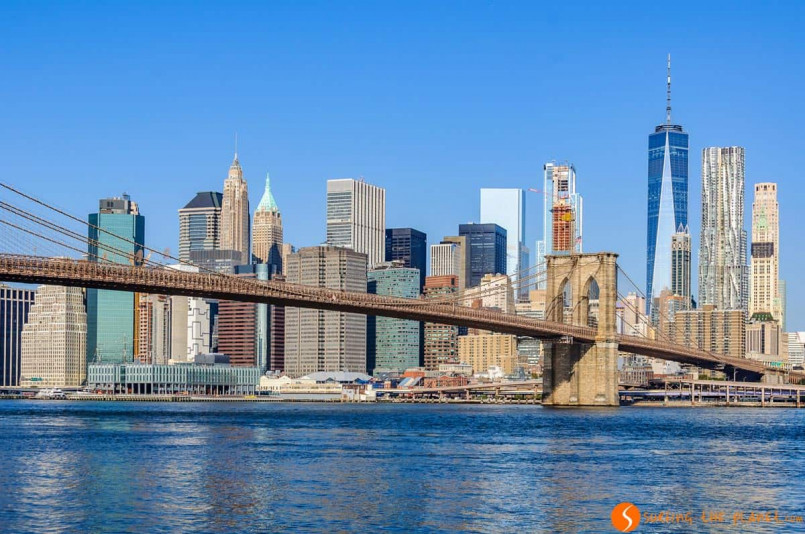
However, New York offers exceptional public transportation, reducing the need for car ownership. The city's unmatched cultural offerings, career opportunities, and unique energy continue attracting residents despite the high costs.
Honolulu, Hawaii
Paradise comes at a premium. Honolulu's isolated location in the Pacific means virtually everything must be imported, driving up costs across all categories. Housing prices rival mainland coastal cities, with median home values around $870,000 and typical one-bedroom rentals exceeding $1,800 monthly.
Honolulu residents face additional cost pressures:
- Groceries cost approximately 60-70% more than mainland averages
- Utilities run about 80% higher than the national average
- Gasoline prices consistently rank among the nation's highest
- Healthcare costs exceed mainland rates by about 30%

The island lifestyle, perfect climate, and natural beauty make Honolulu a dream destination, but residents must contend with the economic reality of island living. Many locals work multiple jobs to afford Hawaii's high costs.
Boston, Massachusetts
Boston combines historic charm with modern innovation, driving high demand for limited housing. The city's prestigious universities, booming biotech industry, and financial sector create substantial wealth that pushes up prices throughout the region.
Housing costs are the primary expense, with median home prices around $700,000 and average one-bedroom apartments renting for approximately $2,500 monthly.
Other significant cost factors include:
- High state income taxes
- Expensive private education and childcare
- Above-average healthcare costs
- Significant winter heating expenses

Boston's walkability, excellent public transportation, and world-class educational and cultural institutions help offset these costs for many residents. The city's historic significance and intellectual capital continue attracting newcomers despite the financial challenges.
San Jose, California
As the heart of Silicon Valley, San Jose combines technology wealth with limited housing supply to create one of America's most expensive housing markets. Median home prices exceed $1.1 million, while average one-bedroom rentals cost approximately $2,500 monthly.
The technology industry drives up costs across categories:
- Highly competitive rental market
- Expensive childcare and education
- Above-average transportation costs
- California's high state income tax rates
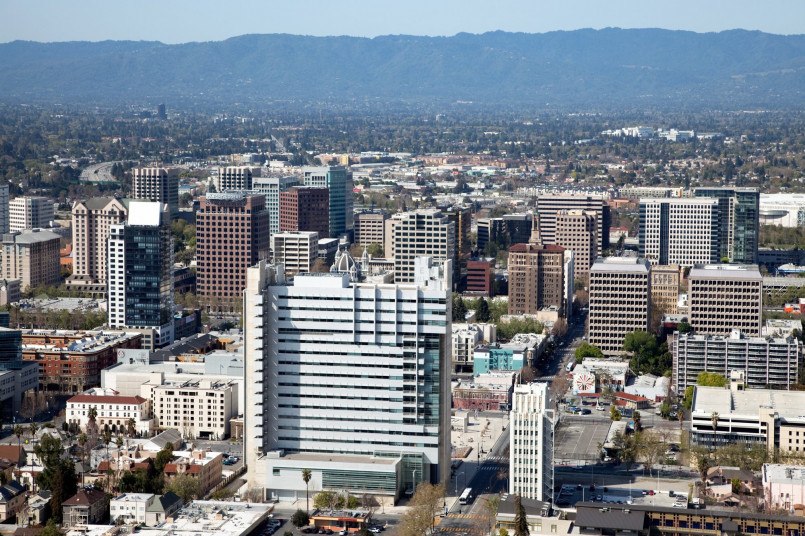
The compensation offered by tech employers helps many residents manage these costs, but workers in other industries often struggle with Silicon Valley's expensive reality. The region's innovation ecosystem and career opportunities continue attracting talent despite the high cost of living.
Los Angeles, California
The entertainment capital combines sprawling geography with high demand to create significant cost-of-living challenges. Housing varies dramatically by neighborhood, but median home prices hover around $800,000, with typical one-bedroom apartments renting for approximately $2,200 monthly.
Los Angeles residents face additional financial pressures:
- Transportation costs due to the car-dependent nature of the city
- High state income and sales taxes
- Premium prices for entertainment and dining
- Above-average insurance costs

The city's perfect weather, diverse neighborhoods, and entertainment industry continue attracting newcomers, but many residents find themselves spending hours commuting from more affordable areas to work in higher-priced districts.
Washington, DC
The nation's capital combines high-paying government and private sector jobs with limited housing development potential to create substantial living costs. Median home prices are approximately $650,000, while average one-bedroom apartments rent for about $2,200 monthly.
Washington's cost factors include:
- High childcare costs (among the nation's highest)
- Expensive private education
- Above-average healthcare expenses
- Premium prices for professional services
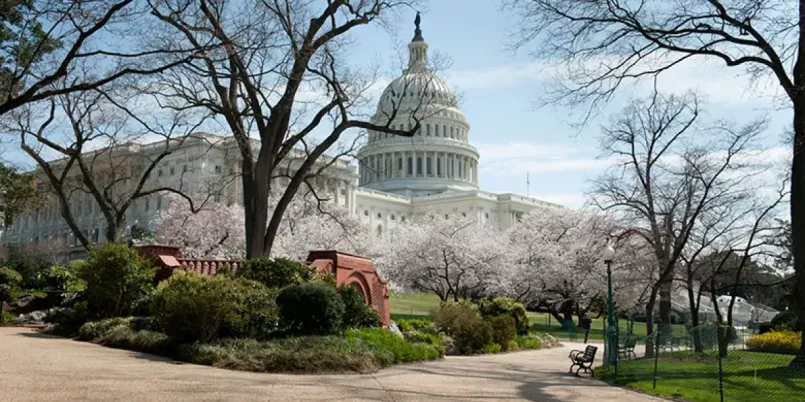
The city's excellent public transportation system helps reduce some costs, while proximity to government jobs and the stability of the federal workforce provide economic security that partially offsets the high expenses.
Seattle, Washington
The Pacific Northwest tech hub has experienced dramatic cost increases over the past decade as Amazon, Microsoft, and other technology companies expanded their presence. Median home prices now exceed $800,000, with average one-bedroom apartments renting for approximately $2,000 monthly.
Seattle residents contend with:
- High housing costs throughout the metro area
- Premium grocery and dining prices
- Above-average healthcare expenses
- Relatively high sales taxes (though no state income tax)
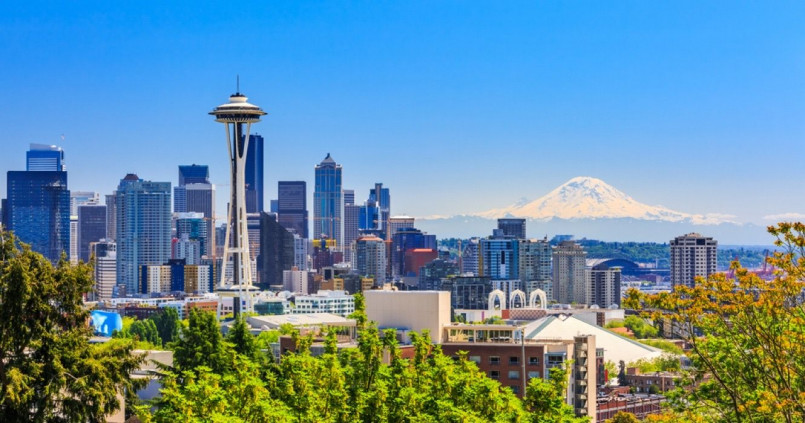
The region's natural beauty, outdoor recreation opportunities, and strong job market continue attracting newcomers despite the rising costs. Many residents accept smaller living spaces to remain in desirable neighborhoods.
Oakland, California
Once an affordable alternative to San Francisco, Oakland has experienced dramatic price increases as Bay Area residents search for relatively lower costs. Median home prices now exceed $800,000, with average one-bedroom apartments renting for approximately $2,100 monthly.
Oakland residents face many of the same cost pressures as their San Francisco neighbors:
- Rapidly rising housing costs
- High California state income taxes
- Above-average transportation expenses
- Premium prices for everyday goods
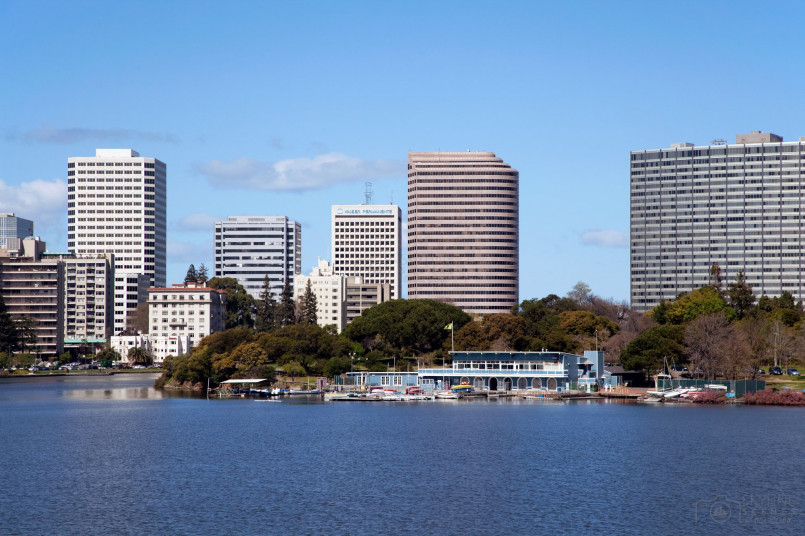
The city's diverse neighborhoods, vibrant culture, and accessibility to San Francisco jobs make it attractive despite the rising costs. Many residents appreciate Oakland's authentic character while accepting the financial challenges of Bay Area living.
San Diego, California
Perfect weather comes at a price in this Southern California coastal city. Median home prices are approximately $750,000, with average one-bedroom apartments renting for about $2,000 monthly.
San Diego's cost factors include:
- High housing costs, especially in coastal neighborhoods
- California's significant state income tax
- Transportation costs due to limited public transit
- Premium prices for everyday goods and services

The city's exceptional climate, outdoor lifestyle, and growing tech and biotech sectors help justify the costs for many residents. The military presence also provides economic stability to certain segments of the housing market.
Miami, Florida
Miami has seen dramatic cost increases in recent years as remote workers and financial firms relocate to tax-friendly Florida. Housing costs have skyrocketed, with median home prices around $500,000 (much higher in desirable neighborhoods) and average one-bedroom apartments renting for approximately $2,000 monthly.
Miami residents face unique cost challenges:
- High insurance costs due to hurricane and flooding risks
- Above-average transportation expenses
- Premium prices for dining and entertainment
- Significant cooling costs during summer months
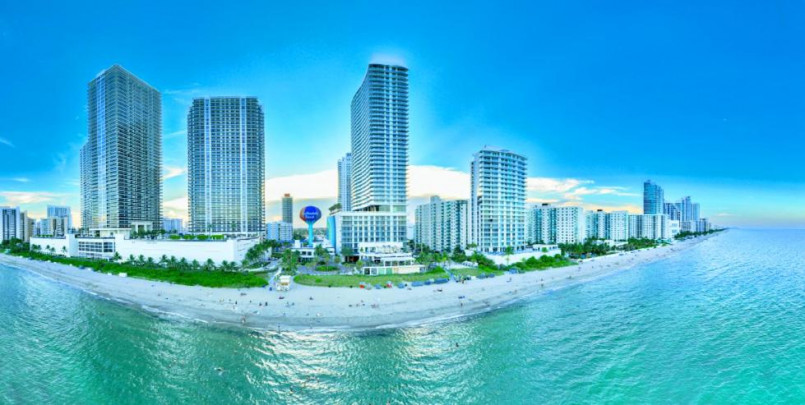
While Florida offers no state income tax, property taxes and insurance costs can be substantial. The city's vibrant culture, international character, and year-round warmth continue attracting newcomers despite the rising costs.
Boulder, Colorado
This Rocky Mountain college town combines limited development potential with high demand to create significant living costs. Median home prices exceed $800,000, while average one-bedroom apartments rent for approximately $1,900 monthly.
Boulder's cost factors include:
- Extremely competitive housing market
- Above-average food and grocery prices
- Premium costs for healthcare
- Higher-than-average local taxes
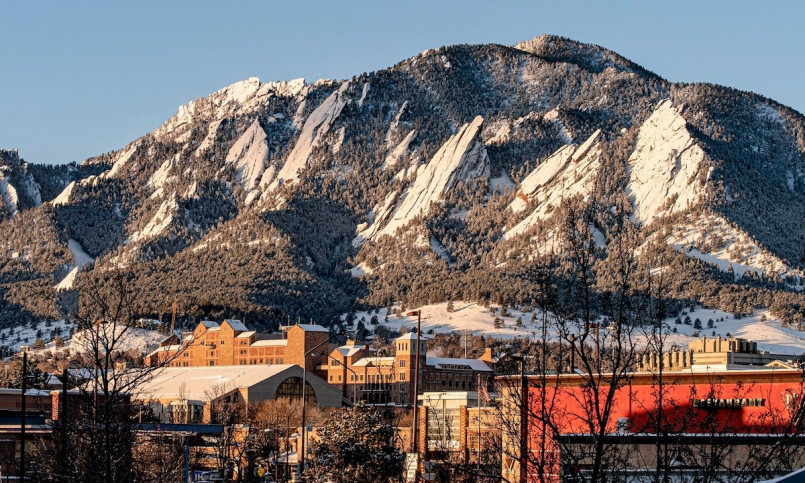
The city's exceptional outdoor recreation opportunities, educated population, and quality of life make it worth the premium for many residents. The presence of the University of Colorado and numerous technology companies creates economic stability.
Portland, Oregon
Once known for affordability, Portland has seen substantial cost increases over the past decade. Median home prices are now around $550,000, with average one-bedroom apartments renting for approximately $1,600 monthly.
Portland residents contend with:
- Rising housing costs throughout desirable neighborhoods
- Oregon's high state income tax rates
- Premium prices for local and organic food
- Above-average healthcare expenses
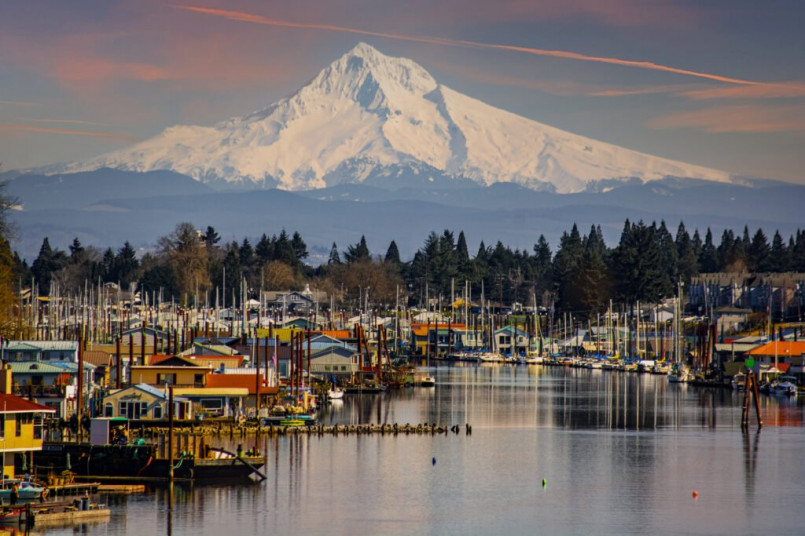
The city's progressive culture, excellent food scene, and proximity to outdoor recreation continue attracting newcomers, driving further cost increases. Many residents accept smaller living spaces to maintain their Portland lifestyle.
Chicago, Illinois
While more affordable than coastal cities, Chicago's desirable neighborhoods command premium prices. Housing costs vary dramatically, with median home prices around $320,000 citywide (much higher in prime locations) and average one-bedroom apartments renting for approximately $1,800 in popular areas.
Chicago's cost factors include:
- High property taxes
- Significant state and local taxes
- Winter heating expenses
- Above-average insurance costs

The city's world-class cultural institutions, diverse neighborhoods, and robust public transportation help offset these costs for many residents. Chicago offers many amenities of more expensive coastal cities at a somewhat lower price point.
Strategies for Living in Expensive Cities
For those determined to live in high-cost areas, several strategies can help manage expenses:
- Housing alternatives: Consider roommates, smaller units, or slightly less central neighborhoods
- Transportation savings: Use public transit or biking instead of car ownership
- Food budgeting: Cook at home more often and be strategic about restaurant visits
- Tax planning: Take advantage of all available deductions and credits
- Career focus: Prioritize industries with stronger salary growth in your chosen city
- Side hustles: Develop additional income streams to supplement your primary job
Living in America's most expensive cities requires financial planning and often some sacrifices, but the unique opportunities and experiences these urban centers offer can make the cost worthwhile for many residents.
Frequently Asked Questions About 15 Most Expensive Cities in the USA: Where Your Dollar Shrinks Fast
What salary do you need to live comfortably in San Francisco?
Financial experts typically recommend an annual household income of at least $200,000 to live comfortably in San Francisco. This allows for housing costs, saving for retirement, and maintaining a moderate lifestyle without severe budget constraints. Single individuals might manage on $150,000, but families with children generally need significantly more, especially if planning to purchase property.
Why is housing so expensive in coastal cities?
Housing costs in coastal cities are driven by a combination of geographic constraints (water limiting expansion), strict zoning regulations restricting new development, high-paying industries creating wealthy residents, foreign investment in real estate, and the desirability of coastal living. These factors create high demand with limited supply, driving prices upward.
Are there any affordable neighborhoods left in expensive cities?
Most expensive cities still have relatively more affordable neighborhoods, though these areas may have longer commutes, fewer amenities, or be in transition. In New York, areas like Washington Heights or parts of Queens offer relative value. In San Francisco, neighborhoods like the Excelsior or Visitacion Valley remain somewhat more affordable. However, "affordable" in these contexts is relative-these areas would still be considered expensive in most of the country.
How do taxes affect the cost of living in different expensive cities?
Tax burdens vary significantly among expensive cities. New York, California cities, and Boston have high state and local income taxes, while Miami and Seattle have no state income tax (though they compensate with other taxes). Property taxes range from relatively low in California (due to Proposition 13) to very high in cities like Chicago and Boston. These tax differences can represent tens of thousands of dollars annually for high earners.
Is it better to rent or buy in expensive cities?
The rent vs. buy equation varies by city and personal circumstances. In cities with strong price appreciation like San Francisco, buying has historically built substantial wealth despite high entry costs. However, the high down payments required (often $200,000+) make this impossible for many residents. Renting provides flexibility and may be financially advantageous for those not planning to stay long-term or during periods of market uncertainty.
Which expensive cities have the best public transportation?
New York City offers the most comprehensive public transit system, allowing many residents to live without cars. Boston, Washington DC, Chicago, and San Francisco also have strong public transportation networks. Los Angeles, San Diego, and Miami have more limited systems, making car ownership more necessary, which adds significantly to living costs through payments, insurance, parking, and maintenance.



